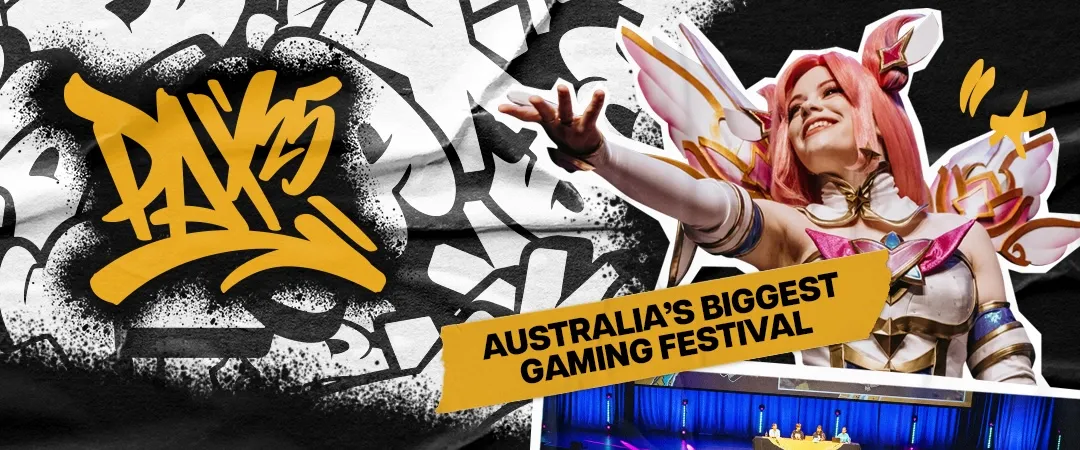Demon’s Souls? No, League of Legends: Wild Rift is the best remake of the year
For all the negative framing applied to mobile gaming, Wild Rift isn’t a dumbed-down version of League of Legends. It’s a more elegant one.

Riot’s League of Legends is finally making the jump to smartphones and consoles. More than just a simple port, Wild Rift remixes the past and present of Runeterra to lay an exciting and mobile-friendly foundation for the future of the persistently popular MOBA.
And, hear me out, this makes a very strong claim for the title of best remake of the year.
Launched on iOS and Android (and gradually rolled out on a region-by-region basis over the course of the year), Wild Rift is essentially Riot’s big play to lure back players who have left the world of Runeterra behind by making it streamlined, bite-sized and as low-friction as possible.
It’s less of a spin-off and more an outright remake of the multiplayer game that built Riot into the global brand it is today.
Fundamentally, I’d argue that most gaming remakes and remasters are conceived with three broad objectives in mind:
- To make you spend money on something you’ve played before
- To make a game accessible to modern audiences in ways that the original isn’t
- To preserve, emulate or recreate the core experience that made the original a success
Sometimes these intentions align or overlap. In other instances, they contradict one another. In the case of Wild Rift, I think Riot has checked all three boxes in a way that isn’t radically different from something like the upcoming remaster of Scott Pilgrim vs The World: The Game or Warcraft 3: Reforged.
Wild Rift is a remake. Don’t @ me.
All Stars
Let’s rewind a little.
Back when League of Legends originally launched in October 2009, there were approximately 40 champions in the game and a single map. Today, the game boasts an unwieldy roster of over 150 champions and a motley of different modes that rotate in and out of the games.
There’s a lot more to follow on-screen at any given moment and a lot more that can happen, even before some of the flashier cosmetic skins come into the mix. This is one of the most common reasons new players find League of Legends a difficult game to get into. Right from the get-go, it feels like you have years of catching up to do.
Of course, this is also one of the reasons that the more hardcore side of the League of Legends player-base continues to stick with the game. If you’ve been playing for a long time, the depth of the bench here is a massive part of what keeps you coming back. While there is a competitive meta for the game, the sheer amount of character combinations in the mix (plus Riot’s tendency to aggressively nerf and buff as needed) means that it's a very soft one.

In practice, mechanics matter more in the moment than the meta-game of which characters get picked by either team. Once you understand how to lean into their respective game-play niche, you can kinda pick almost any character in League of Legends and fare reasonably well on Summoner’s Rift.
Unfortunately, this aspect of Riot’s MOBA becomes more of a liability if you’re on the other side of the table. For newcomers, the volume of faces and names to learn here — alongside the fact that you have to learn them in an online environment known for its toxicity — makes it really hard to get into League without some kind of guide.
Wild Rift circumvents this problem by simply featuring less characters. Like launch-era League of Legends, it features a roster of around 40 characters. As a result, it’s much easier to mentally manage and learn what each character does.
This might be a partial by-product of Wild Rift’s own development schedule, since launching with over 150 different playable champions is a little ambitious. Nevertheless, it’s a change that works to make the prospect of jumping into Wild Rift easier without compromising on what the core gameplay experience actually looks like.
There’s even a twist here for League of Legends veterans in that the forty or so champions currently in Wild Rift have been drawn from all over. Sure, the usual suspects like Garen and Lux are present. But so are relative-newcomers like Seraphine and Jhin. Meanwhile, iconic characters like Teemo are missing in action. This scattershot approach means that you’re often encountering novel team compositions in Wild Rift that you’ll rarely find in the PC game today.
It should also be mentioned that Wild Rift’s core roster has undergone a pretty significant visual face-lift that plays things up with a more stylized and emotive aesthetic. I don’t think that what Riot has done in this regard is all that different to how character models get updated in things like God of War 3: Remastered or Activision’s recent remasters of the Crash Bandicoot and Spyro games.
Of course, the faces and personalities of Runeterra are only half the experience. Making it easier to learn who they are is important but it would be futile if the mechanics and gameplay surrounding them was just as intimidating and overwhelming as it can be with the PC version of the game.
Thankfully, this isn’t the case.
Wild Rift has a much better tutorial than any Riot game to date. Given the specific and peculiar nuances of the game’s dual-stick control scheme, I cannot emphasize how much this inclusion matters. Wild Rift is also much better at explaining itself. It explicitly and specifically talks about things like lane composition, jungling, Baron Nashor and the way that red and blue buff work.
Likewise, it straight-up tells you what items, spells and runes you should be using with each character (though you can customise these loadouts) rather than expecting you to Google them.
Yes, if you’re looking to climb the ranked ladder, these higher-level strategic aspects of the game — spells, runes and item builds — are probably something you’re going to want to consider but if you don’t, then not engaging with these aspects of the game doesn’t feel like it puts you at a significant disadvantage.
You don’t have to spend valuable time researching. Instead, you can just jump in and learn through play. Then there’s the accelerated pacing, which lets you do so even faster than you would otherwise.
Matches in League of Legends traditionally last around 30–40 minutes but can easily stretch upwards of an hour if things go sideways. A fast game of Wild Rift will usually clock in at around 7 minutes. A long one usually wraps in 15. These bouts usually follow the same broad three phase arc (laning phase, mid-game, late-game) found in League of Legends proper.
Akin to something like the fast-forward option included in Square Enix’s remaster of Final Fantasy XII: The Zodiac Age, everything just happens way faster. There’s a lot less dead air and it feels like every individual moment carries with it much greater impact on the final result.
When I talk about Wild Rift feeling like an attempt to remake the original League of Legends by leveraging the things that Riot have learned over the last 11 years, these are all the things that I’m talking about.
And let me be clear: I do not think that Wild Rift will remain a complement to the original League of Legends in the long run. Eventually, I think it will replace the original League of Legends as Riot’s flagship MOBA.
Riot’s legacy title is beginning to show its age. With Wild Rift being the option that’s faster to play, easier to learn and tied to the lucrative smartphone market, it’s easy to imagine this version of the game becoming the default or preferred option for a whole new generation of players.
Like all remakes, Wild Rift aims to make you return to something you’ve played before – and spend money on it. The fact that Riot have replicated the cosmetic-driven business model of the original(and not sought to let players who already own in-game cosmetics bring them from PC to mobile) reflects this underlying profit-driven motivation aptly enough.
Of course, Riot aren’t just looking to recreate the past but to improve upon it, with the sleek launcher, more-constrained character roster plus the bevy of smart pacing changes leaving the core gameplay here faster and easier to pick up and play.
If that’s not impressive enough, the fact that Wild Rift does the above without infringing on the foundations of what League of Legends is itself an incredible feat. The regular rhythms of a match remain undeterred and the game’s high-level strategic elements remain intact, even if they’re not emphasized as strongly.
For all the negative framing often applied to mobile gaming, Wild Rift isn’t a dumbed-down version of League of Legends. It’s a more elegant one.
Forget Demon’s Souls, League of Legends: Wild Rift is the best remake of 2020.
Byteside Newsletter
Join the newsletter to receive the latest updates in your inbox.



